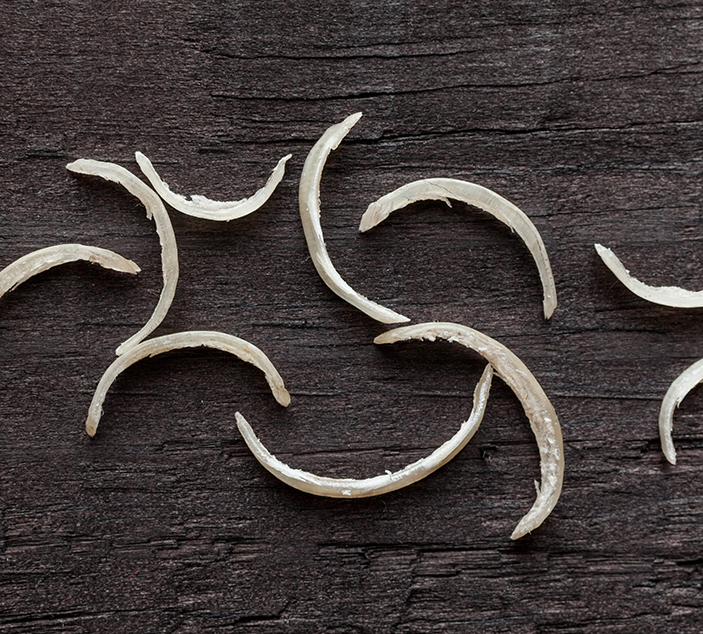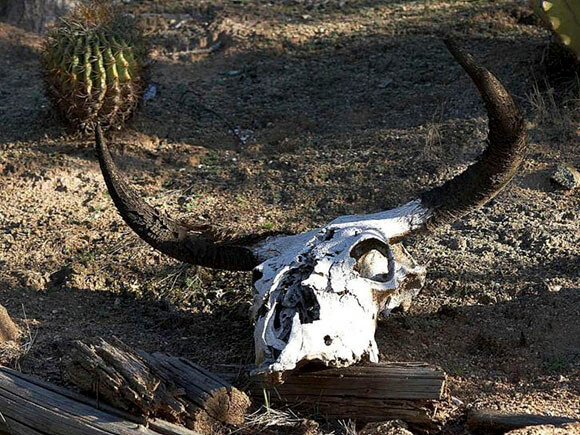Does Your Hair and Nails Grow After You Die?

Families ask this all the time. Your hair and nails completely stop growing after you die. Many grieving families believe they see new growth of hair or nails on a dead body, and they begin to question the time of death. In an emotional time, often fraught with denial, it can be difficult for families to see the appearance of new hair or fingernails. In rare cases, your hair and nails can continue to grow about 3 micrometers after death. That’s a very tiny amount of growth — barely visible. It’s certainly not enough growth to be very noticeable unless the new growth is a very dark root below brightly bleached hair. To put it in perspective, one human hair is about 100 micrometers wide. So your nails or hair might grow 1/33rd the width of a hair in the hours after your death. It happens because some cellular functions that create keratin still occur for a few hours after the brain dies until those cells run out of glucose. Nails and hair completely decompose about a month or two after.
So where did the confusion come from? That’s due to a halted circulatory system and resultant dehydration.
Dehydration Shrinks the Skin
Look at your fingertips. Press them. You’ll see the flesh bounces back almost immediately if you’re well-hydrated. If you’re dehydrated, this process might take a little longer (and you should probably have a glass of water right now.)
The opposite happens with dead bodies. The circulatory system is no longer pulsing blood into the scalp or cuticles, so the cuticles retract and expose nail beds or hair that’s yet visible above the follicle. This phenomenon creates an illusion of growing hair and nails, especially on decedents who painted their nails, bleached their hair, or colored it far different from their natural color.
Even if the decadent had gotten a pedicure, or went to the salon days prior, it’s very unlikely you’re seeing hair growth. What’s more likely is more toenail being exposed as the flesh is drying out and gravity is pulling the blood and fluids down during a process called livor mortis.
Are There Odd Exceptions?
I doubt it.
We’ll hear about a freshly exhumed body that seems to have a lot of hair or nail growth from time to time. It’s usually some scandalous tale published on the internet to bait a reader into visiting another site. If you still believe, try witnessing a few dozen exhumations yourself. (I dare you!)
On an interesting side note, the appearance of new hair or nails is almost certainly linked to old tales of vampirism in Europe.
How Livor Mortis Lead to Vampire Fiction: Imagine Your Favorite Vampire, Ve Vant You to!
Whether you prefer Bela Lugosi or Gary Oldman as Dracula, Tom Cruise as Lestat or some sparkling teenager, most of our Hollywood vampires have a few characteristics in common. Long nails and long hair are almost as crucial to a vampire’s appearance as his teeth and cape.
- Now, science, literacy and medicine have all come a long way since the 1800s.
- That’s when stories arose of mythical vampires roaming dark countrysides, scratching at their caskets with growing nails, biting and infecting innocent people with their long teeth.
We’re still not sure what was happening in rural Slavic nations (probably an epidemic.) But it was terrifying enough that farmers and villagers would exhume their dead, discover a decedent’s “growing” hair and nails, stake them through the chest and cut off their heads — all to stop the spread of whatever disease was killing the young people.
The dead bodies didn’t feel anything, and it made the poor folks feel safer. And ultimately, that’s how livor mortis lead to an oral tradition of vampire tales that we still enjoy today.
Related Reading & Resources:
Ericwedwards.wordpress.com: Folklore and Myth of the European Vampire





